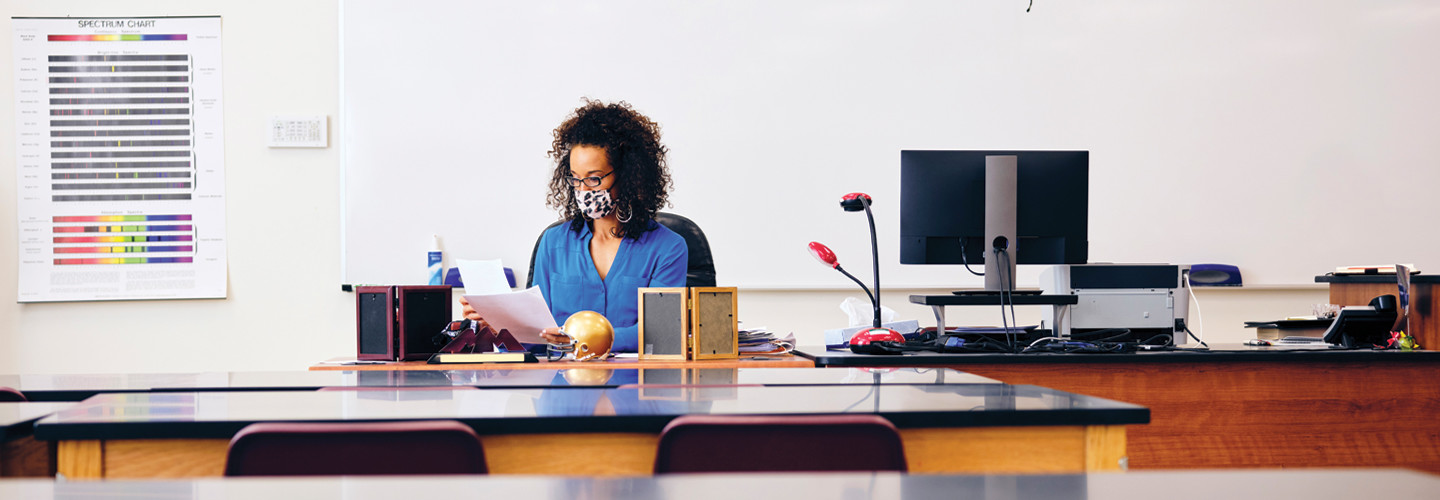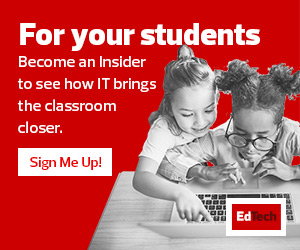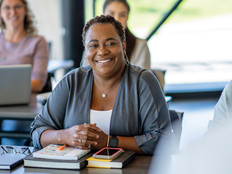Virtual and Hybrid Learning Classrooms After the Pandemic
Despite the concern and challenges that accompanied online learning for K–12 students, there were also pockets of students who took a shine to it and loved the agency afforded to them during virtual and asynchronous learning.
Phil Dunn, CIO for Broward County Schools in Florida, mentioned on the Focus on K–12 podcast that his district had students who would log on for class at 6 a.m. every day and run through all of their work. Other students would log on to complete their work at 10 p.m. The flexibility of not having to be in classes from 8 a.m. to 3 p.m. each day allowed them to fit work in around their families’ schedules.
In light of this information, Broward County Schools announced that it will not offer a concurrent hybrid environment for students next year. However, it will continue to offer a fully virtual option for students who wish to learn virtually.
Other districts planning to offer virtual and hybrid models will likely have similar approaches. There has been a general shift away from concurrent hybrid environments.
MORE ON EDTECH: How have educators adapted distance learning for special education students?
Advancements in Interoperability and Educational Technology
Prior to this remote learning shift, it was common for educators to have multiple types of curriculum software, interactive whiteboard programs, student information systems and more that didn’t communicate with each other. Recently, schools have been moving toward a model of interoperability where — in terms of software and hardware — teachers can enter classrooms and just begin teaching.
Content providers, manufacturers and digital platforms have made incredible progress with their software and hardware to support virtual learning over the past year. There have been improvements in existing models, and there are more educational technology options thanks to companies getting involved in the industry to support learning.
There has been an especially large improvement in the audiovisual space. The quality and variety of cameras and microphones being used in classrooms now opens the door for more flexible learning. Schools can broadcast classes to students who wouldn’t otherwise have access to certain teachers or subjects.
Over the past year, there’s been a great opportunity to level the playing field and offer a variety of courses to any students who want to take them. Setting up a broadcast classroom is more complicated, however, than dropping in a camera in and telling an educator, “OK, you teach everyone in the district now.” District leaders have to be intentional in planning for those options moving forward.
The Return of One-to-One Devices
Another component district leaders need to take into consideration as students return to classrooms is one-to-one device programs. Educators in hybrid and in-person environments are already finding that they can’t rely on students to bring fully charged devices into the classroom every day.
RELATED: Learn how to avoid common one-to-one device purchasing oversights.
While some schools are using their funding to bring technology carts full of devices into the classroom, others have turned to smaller multidevice charging stations that can be placed on a desk or counter within the classroom.
To help deal with increases in damage and device replacements resulting from rapid deployment and sustainability of their one-to-ones, districts are also shifting away from trying to support all IT work internally. They’re looking at a services model, in which they’re purchasing the devices and the care of those devices all at once. That way, they’re not responsible for doing all of the maintenance on one-to-one devices, as many districts were notoriously low-staffed before the pandemic.
In many cases, they have the same number of IT staffers as before the pandemic began, but they’ve doubled or tripled their fleet size over the past year. For districts that move toward the services model, they may find it difficult to go back: Moving to this model frees up time for staffers to focus on more targeted, long-term projects — and makes many people’s lives easier in the process.
This article is part of the “ConnectIT: Bridging the Gap Between Education and Technology” series. Please join the discussion on Twitter by using the #ConnectIT hashtag.
![[title]Connect IT: Bridging the Gap Between Education and Technology](http://www.edtechmagazine.com/k12/sites/default/files/articles/2014/05/connectit.jpg)










